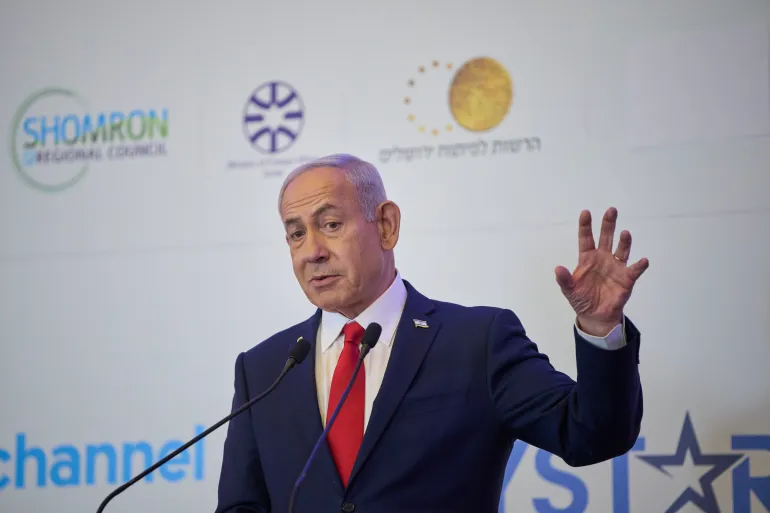As the conflict in Gaza continues to evolve, the pressing question of "the day after" has dominated international discourse. In response, Israeli Prim
As the conflict in Gaza continues to evolve, the pressing question of “the day after” has dominated international discourse. In response, Israeli Prime Minister Benjamin Netanyahu has presented a foundational document to his security cabinet, outlining his administration’s principles for the future of the Gaza Strip. This blueprint, a blend of security imperatives and political assertions, offers the clearest glimpse yet into Israel’s intended long-term strategy, a vision that starkly contrasts with the post-war scenarios envisioned by the United States and other key international partners.
The Core Pillar: Indefinite Security Control
At the heart of Netanyahu’s plan lies the principle of indefinite and complete Israeli security control over the entire Gaza Strip. The proposal grants the Israel Defense Forces (IDF) “unfettered freedom” to operate throughout the territory to prevent any resurgence of militant activity. This includes the establishment of a security buffer zone on the Palestinian side of the Gaza border, a move intended to create a defensive perimeter. According to official statements, this permanent security presence is deemed non-negotiable, positioning the IDF as the ultimate arbiter of security in Gaza for the foreseeable future, effectively sidelining any potential for an international or Palestinian-led security force.
Governing Gaza: A Future Without the Palestinian Authority
Perhaps the most contentious element of the plan is its approach to civilian governance. The document explicitly rejects any role for the Ramallah-based Palestinian Authority (PA), which Netanyahu’s government accuses of supporting and educating for terror. Instead, the proposal vaguely suggests that civilian affairs will be managed by “local entities” with “administrative experience.” The plan does not specify who these local actors might be, leading to widespread questions about their viability and legitimacy. This deliberate exclusion of the PA directly challenges the stated policy of the United States and several Arab nations, which view a revitalized PA as the only legitimate entity to govern both the West Bank and Gaza as a precursor to a two-state solution.
Demilitarization and Deradicalization
Beyond immediate security, the plan outlines two ambitious long-term goals: the complete demilitarization of the Gaza Strip and a comprehensive “deradicalization” program. Demilitarization would entail the dismantling of Hamas and all other militant factions, a monumental task that would follow the conclusion of major combat operations. The deradicalization component is even more profound, aiming to reform all religious, educational, and welfare institutions in Gaza to promote a new ethos. Experts note that such a societal re-engineering project would be incredibly complex, requiring immense resources and long-term commitment, with uncertain prospects for success.
Reconstruction and Regional Borders
The document conditions the reconstruction of Gaza on its successful demilitarization. While it acknowledges the need for rebuilding, it offers few specifics, suggesting an international role but under strict Israeli oversight. Furthermore, the plan emphasizes Israel’s intent to maintain control over the Gaza-Egypt border, specifically the “Philadelphi Corridor,” to prevent smuggling and re-armament. This point creates potential friction with Egypt, which considers control of its border a matter of national sovereignty. The closure of the UNRWA, the UN agency for Palestinian refugees, is also listed as a goal, adding another layer of complexity to the future humanitarian landscape.
A Blueprint Fraught with Questions
Netanyahu’s plan for post-war Gaza serves as a firm declaration of Israel’s red lines. It prioritizes Israeli security above all else and reflects the political realities of his right-wing coalition government. However, by charting a course that diverges so significantly from the vision of its closest allies, the proposal raises more questions than it answers. The feasibility of finding credible “local officials” to govern, the immense challenge of societal deradicalization, and the lack of a clear political horizon for Palestinians create significant hurdles. For now, the plan stands less as a practical roadmap and more as a starting point for what is likely to be a prolonged and difficult diplomatic negotiation over the future of Gaza and its people.



COMMENTS